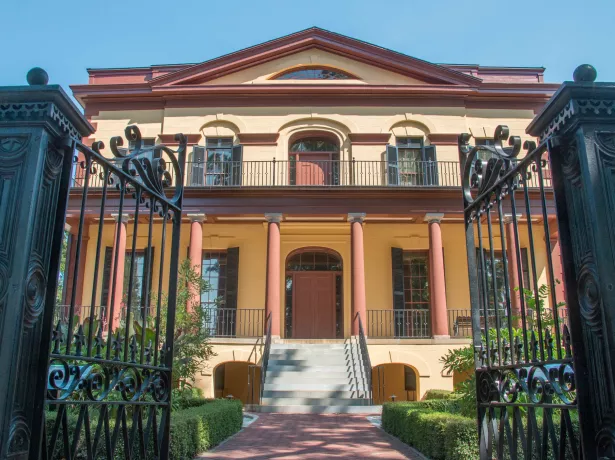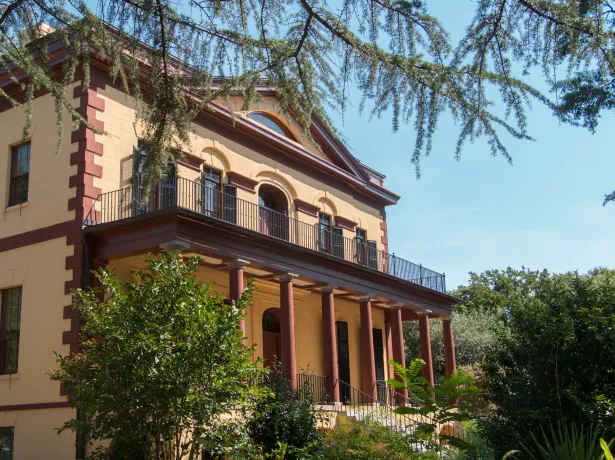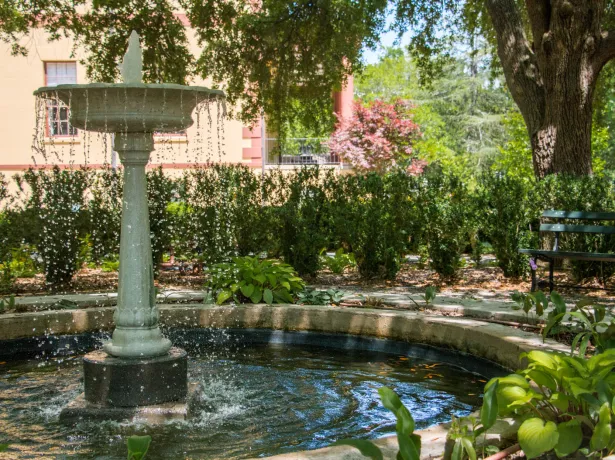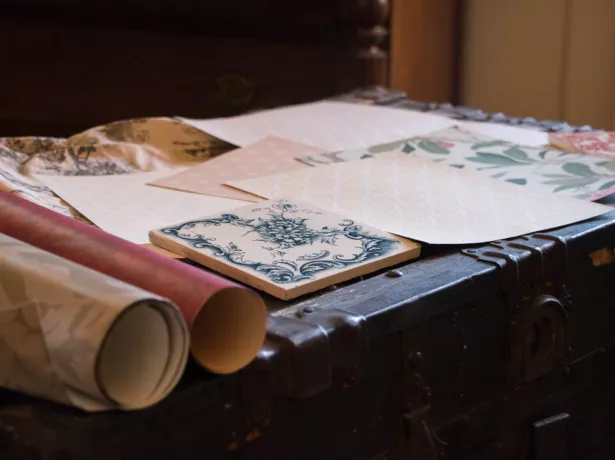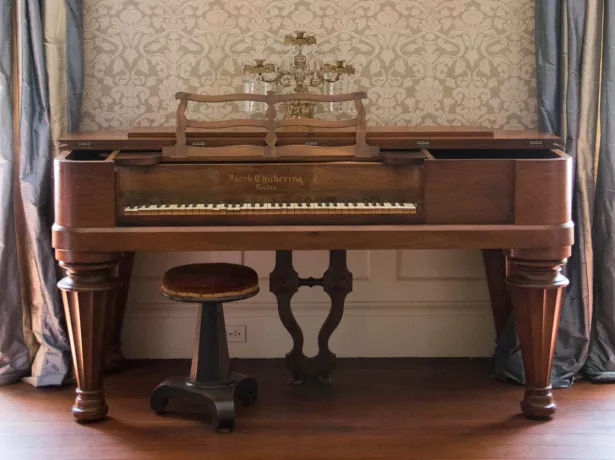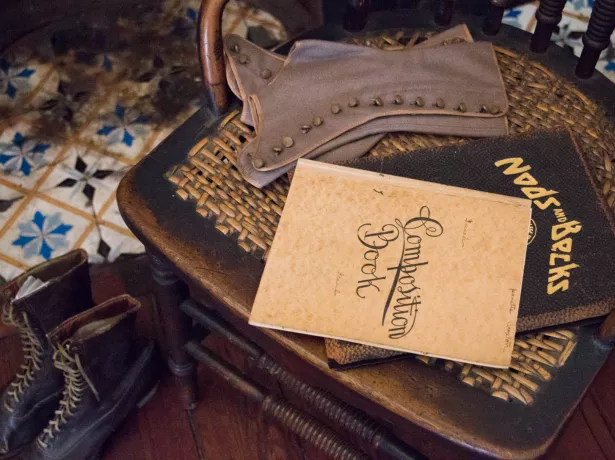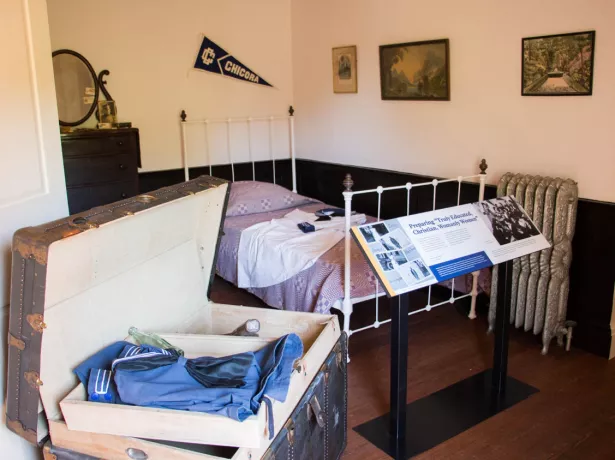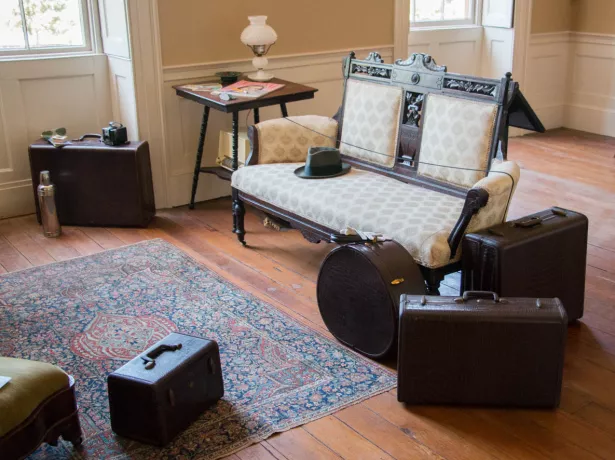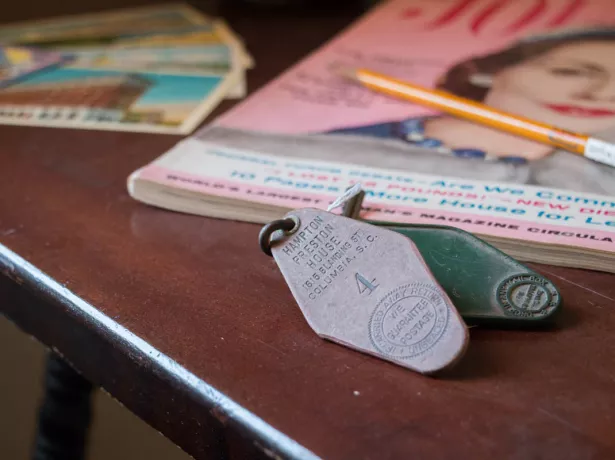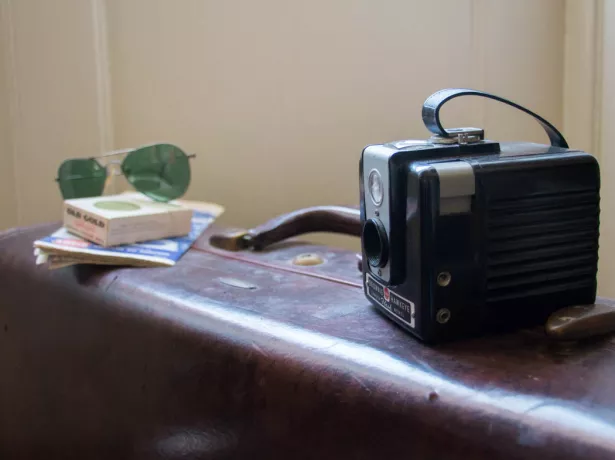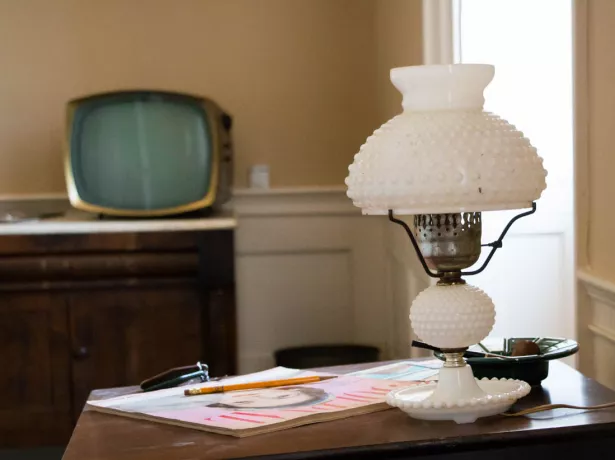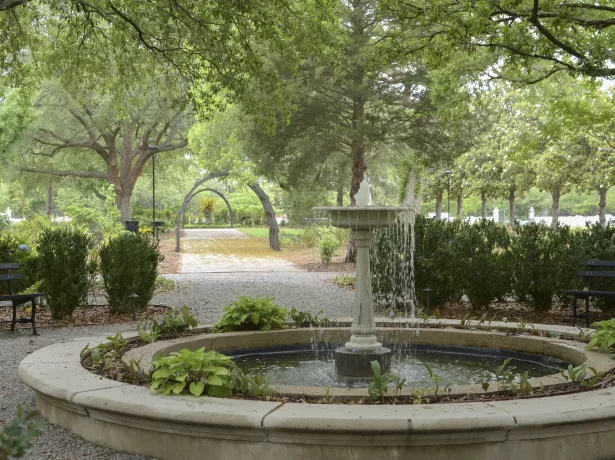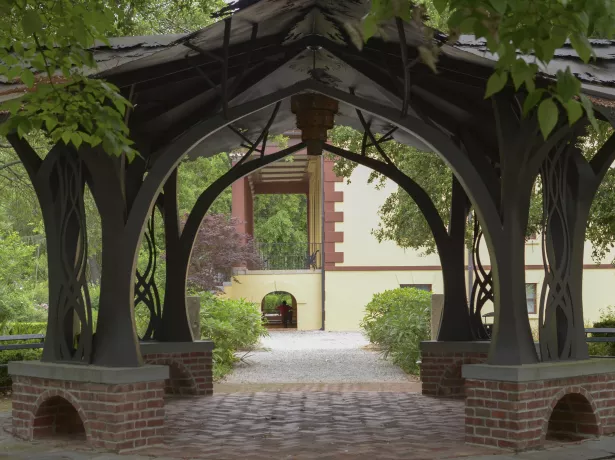Hampton-Preston Mansion and Gardens
Hampton-Preston Mansion and Gardens
Built in 1818, the Hampton-Preston Mansion has long been associated with the elite antebellum families who are its namesakes. Today, visitors learn about the experiences of all the people who lived and worked at this site during its 200-year history.
-
Gardens
The Gardens of the Hampton-Preston Mansion are open to the public and were recently renovated in 2018. Our horticulture experts have cataloged every plant on our six historic properties—view the garden database.
Garden Hours
10 a.m. – 4 p.m. Monday – Saturday | 1 – 4 p.m. Sunday
History
Wealthy Columbia merchant Ainsley Hall and his wife, Sarah, had this mansion built in 1818. They lived here briefly, until 1823, when Ainsley sold it to Wade Hampton I, who was known as one of the South's richest planters and at one time its largest enslaver. For the next 50 years, the estate grew to be Columbia's grandest residence under his wife, Mary Cantey Hampton, and daughter, Caroline Hampton Preston. Preston’s husband, John Smith Preston, oversaw an expansion of the mansion that doubled its size. The family’s vast material wealth was directly tied to their enslavement of hundreds of adults and children in both Louisiana and South Carolina.
In the 100 years following the Civil War, the mansion and its famed gardens passed through several owners, including the Presbyterian College for Women, Chicora College, and the proprietors of the Hampton-Preston Tourist Home. After an extensive rehabilitation that included the demolition of the antebellum addition, the property opened to the public in 1970 as the Midlands Tricentennial Exposition Center. To commemorate the 200th anniversary in 2018, Historic Columbia updated the property, with new exhibits, hands-on interactive elements, expanded public gardens, and a new exterior paint scheme. garden
Gardens
The gardens of the Hampton-Preston Mansion have undergone numerous enhancements and expansions over the last decade, culminating in the recently completed Boyd Horticultural Center in 2022. Modeled after the Italianate estate gardens that the Hampton and Preston families frequented on their travels, the modern re-installation of the gardens is now beginning to capture the intimate and exotic feel of the antebellum landscape.
The Hampton and Preston families ensured that the four-acre grounds around the mansion signaled their extensive wealth and influence. Enslaved workers transformed the landscape into regionally acclaimed gardens that contained a remarkable collection of native varieties and plants from around the world. With the generous support of the Susan and Darnall Boyd Foundation Historic Columbia has re-established the sprawling gardens based on extensive historic documentation. Themed gardens on the grounds include the Henry Michael Powell Children’s Garden, the Hiram Powers Fountain Garden, the East and West Arboretums, and finally the Boyd Horticultural Center. Completed in winter 2022, the Boyd Horticultural Center is anchored by a historically informed multi-use glasshouse, which serves several roles including the center of Historic Columbia’s horticultural operations, an interpretive greenhouse, and a space for educational, programmatic, and rental activities.
Our horticulture experts have cataloged every plant on our six historic properties—view the garden database.
Boyd Foundation Horticultural Center
Historic Columbia's hub for horticultural research and propagation
The new Boyd Foundation Horticultural Center, a state-of-the-art greenhouse located on the northwest section of the Hampton-Preston Mansion grounds, completes a decades-long vision to transform the property into a hub for horticultural research, propagation, interpretation and programming. This facility provides the organization an enhanced capacity to care for the 14 acres of grounds and gardens under its care, while interpreting the role that talented gardeners, horticulturists and garden enthusiasts—Black, white, enslaved and free—have played in shaping the capital city, which historically was (and increasingly continues to be) acknowledged for its physical beauty throughout the seasons. The greenhouse, gatehouse, and past improvements to the property and gardens have been made possible through the generosity of the Darnall W. and Susan F. Boyd Foundation.
Photos Courtesy of Cohn Corporation by Todd Lista with Park Avenue Photography


